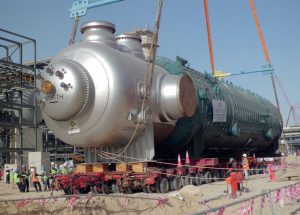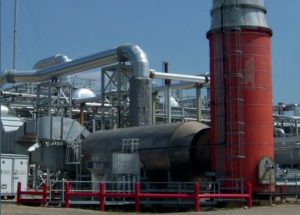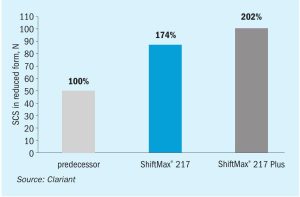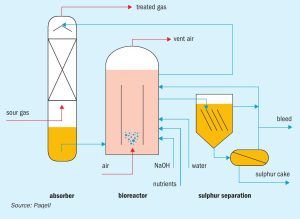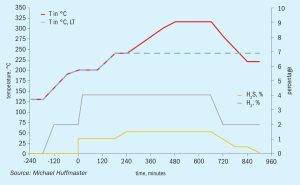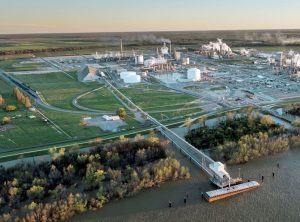
Polyhalite: a future facing fertilizer for a changing world
Fertilizers will always be fundamental to food production, but they will also have to be low emissions, environmentally friendly and support healthy soils. In this article, Dr Alexander Schmitt, Chief Marketing Officer, Anglo American Crop Nutrients, explains how polyhalite meets all three of these criteria – while also helping to increase the quantity and quality of food a farmer can produce.

